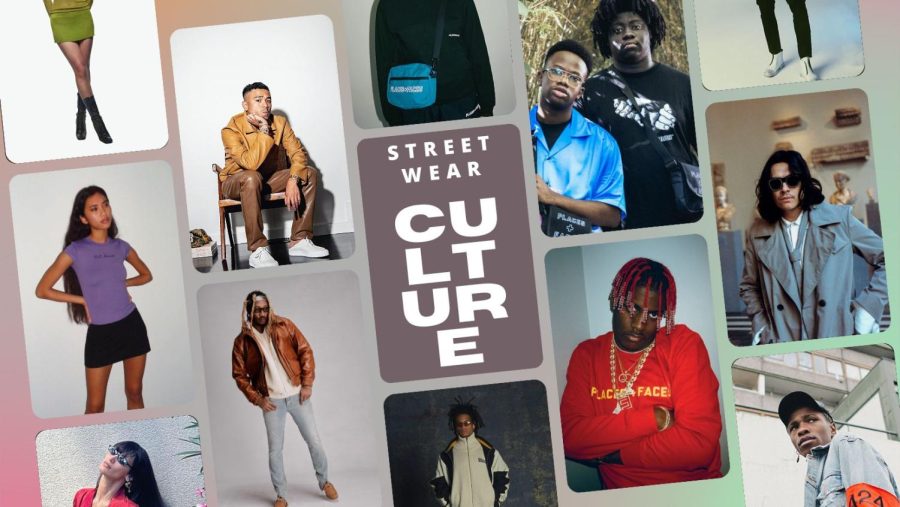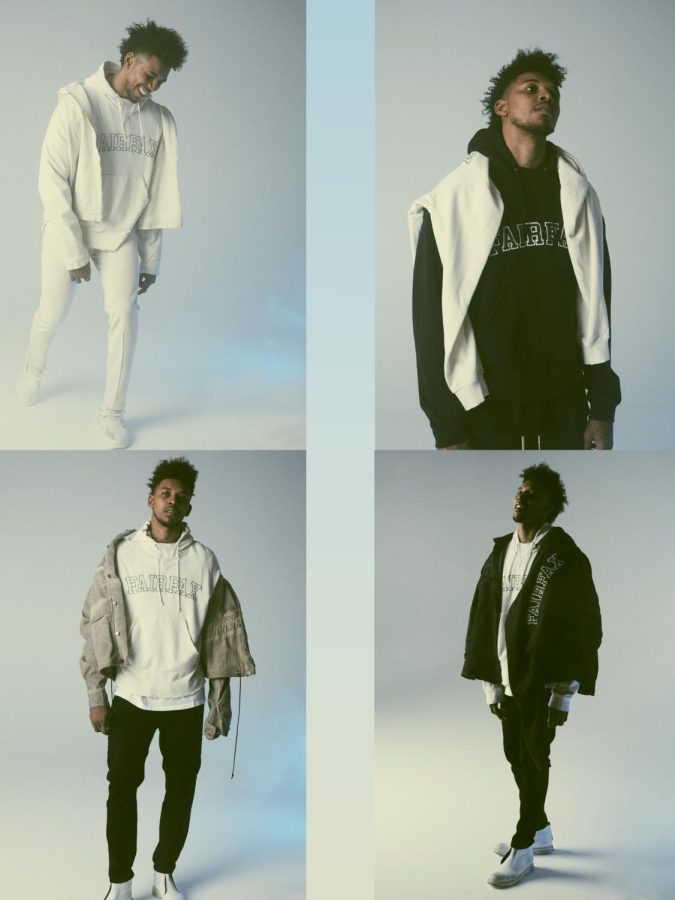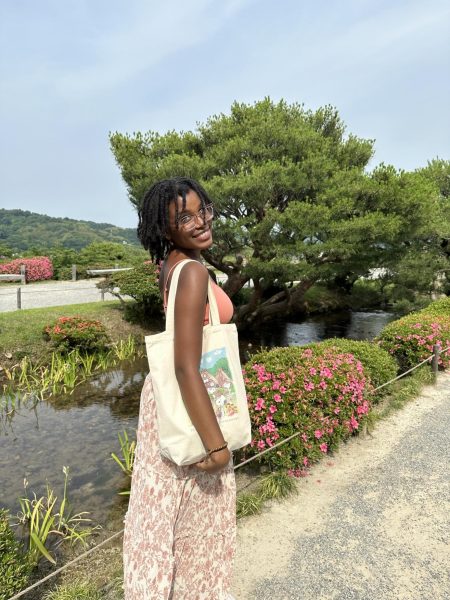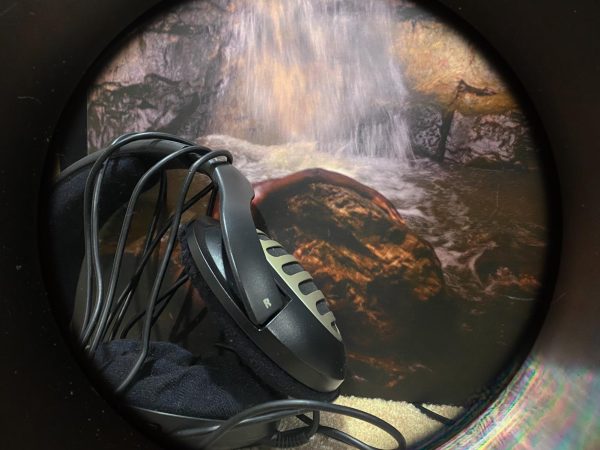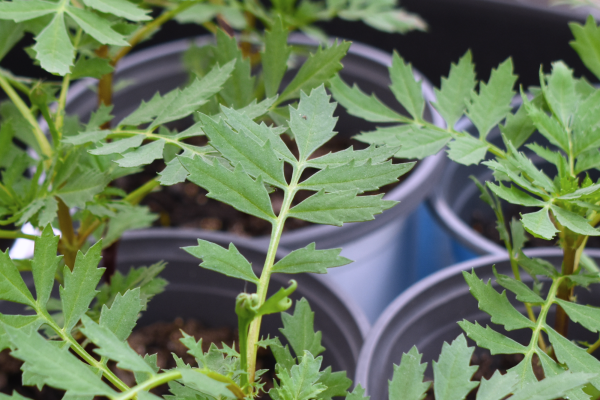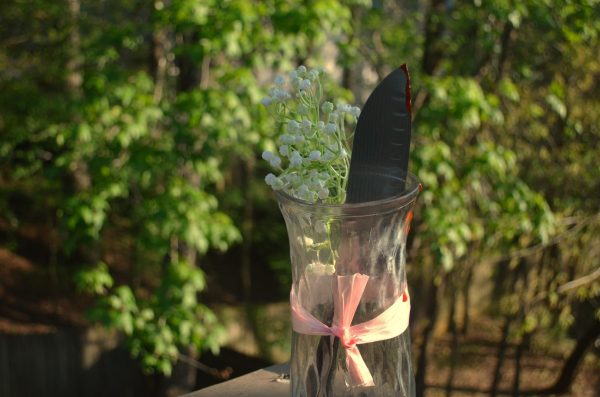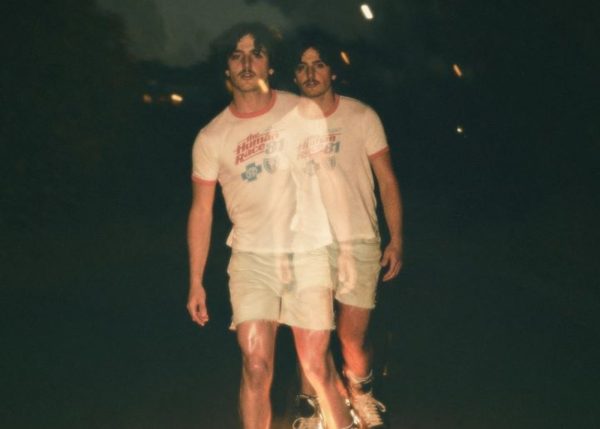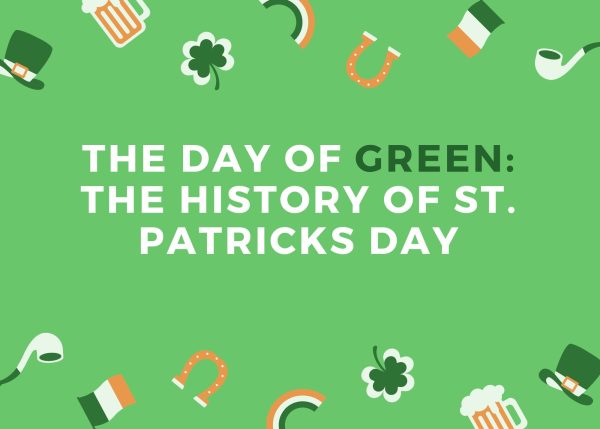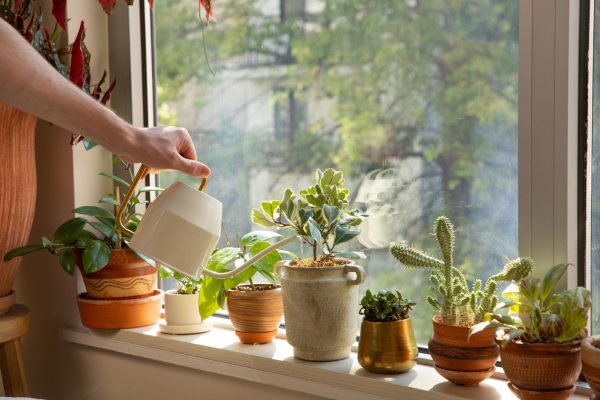The culture behind popular streetwear brands
Mariah Tauger, Tankair, Hypebeast, Places + Faces, John Elliot, Vicky Grout, Rhude
Due to the expansion of fashion culture through social media and celebrities, modern streetwear recently became one of the most loved and used fashion trends in urban cities. Although anyone can create streetwear clothing with the right vision in mind, streetwear derives from multiple cultural backgrounds. Streetwear brands usually build inspiration from the ethnic pop culture within the 90s. Countless establishers of streetwear businesses form their brand based on love for their ethnicity and culture.
September 22, 2022
Since the 90s, a broad style known as streetwear emerged globally among teens and young adults, usually encompassing the mix of casual skate and hip-hop style clothing derived in the 90s. In major cities such as Tokyo, New York City, Stockholm, Los Angeles and Atlanta, urban dwellers can likely find at least one piece of streetwear in their closet.
Streetwear brands range from common brands such as Nike and Adidas, but can also reach exposure from designer brands like Marc Jacobs. Specifically, designer streetwear brands consistently receive recognition from musicians such as Tyler the Creator, Steve Lacy and Bladee, to even models like Bella Hadid on Instagram. Streetwear brand creators frequently hold a story in their past that allows them to reach their maximum creativity through clothing and fashion. The essence of authentic streetwear starts from a connection to culture.
“I think living in the Atlanta area has influenced me into wearing skinny jeans more as I’ve grown up. Streetwear also definitely holds cultural value especially during the current social media age. Streetwear has a level of popularity across social media that has enabled it to influence how popular certain ways of dressing are, so much so that some types of streetwear are now normal attire,” sophomore Armani Karomo said.
In 2015, Filipino-American Rhuigi Villaseñor established his streetwear brand Rhude. Moving from Manila, Philippines, to downtown L.A. at age 11, Villaseñor felt exceptionally connected to his heritage and upbringing. Despite his father encouraging him to pursue a degree in art history, Villaseñor set his future on fashion design. With the help of previous knowledge acquired through his mother’s work as a tailor, Villaseñor created the brand on his mother’s laptop in 2015. Villaseñor consistently symbolizes his culture through his pieces; one of his main uses incorporates the color yellow: representing the sun on the Filipino flag.
“I spent my first big check from Rhude to pay for an immigration lawyer. It was a slow burn, and I thought it could all fall apart. But not once was I scared, because I came from nothing,” Villaseñor said.
Claire Robertson-Macleod, the Thailand-born model and designer, opened up Tankair with the people and her family in mind. Robertson-Macleod created Tankair to provide quality women’s clothing to the fashion industry. Power to the matriarchy became Robertson-Macleod’s favorite brand statement; her connection with her aunt, grandmother and mom drives her passion for continuing Tankair.
“I was always around powerful female figures [who]did whatever they wanted. Starting Tank Air was a tool for me to try to push those feelings, but through clothes,” Robertson-Macleod said.
U.K. duo Imran Ciesay and Solomon Boyede, also known as Ciesay and Soulz, opened up their love for photography and hip-hop culture by sneaking into shows to snag photos of major music artists. In 2013, Soulz used multiple aliases to infiltrate New York shows, while Ciesay did the same in London. Together, they uploaded photos of artists such as Drake, Lil Wayne, Travis Scott and more to their shared Tumblr. As they rose in popularity, the dynamic duo decided to settle down and create clothing pieces based on black hip-hop and rap culture.
“I want P+F to become a more quality and expansive brand. We want to keep impacting the culture in many ways that haven’t been done yet,” Soulz said.
In 1993, nine-year-old Guillermo Andrade emigrated from Guatemala to San Diego through the Mexican border. When Andrade became an adult, he decided to open a shoe eyelet jewelry shop in Fairfax district L.A. due to his love for shoes. Although Andrade started achieving good standing in America, he still dealt with documentation issues. ICE detained Andrade at age 22 due to his illegal immigration. After multiple years, he finally obtained a green card and immediately started rebuilding his brand. 424 on Fairfax became an outlet for the expression of his Hispanic heritage, with several of Andrade’s pieces representing his history of living as a young undocumented immigrant.
“This is the time to change the way that we are perceived as a community. This is the time to share our stories and be proud of them,” Andrade said.
424 on Fairfax and John Elliott integrated their creative designs within a 2018 collaboration. The Bay Area native establishers discovered a relationship through their hometowns and the fashion scene on Fairfax Avenue and decided to unite with a Fairfax titled hoodie and jacket combo. “We had lunch and he said, “We should do a Fairfax hoodie – You’re from Fairfax and I’m on Fairfax Ave and I immediately responded, ‘We have to do that, its a souvenir. It’s authentic to both of our brands– for very personal reasons,” John Elliott said.




